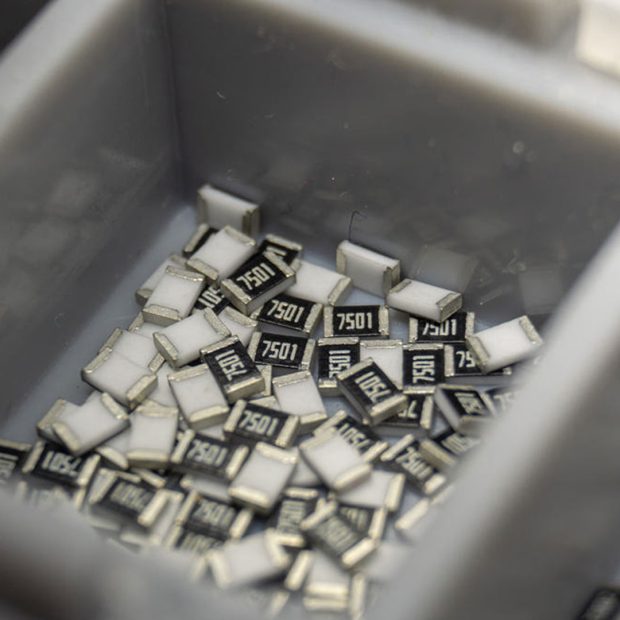Thin Film vs. Thick Film PCB: Discerning Packages
Thin film and thick film technologies refer to different methods of depositing and processing materials on a substrate, and they are often used in the production of electronic components, including printed circuit boards (PCBs). Let’s discuss the key differences between thin film and thick film PCBs:
Thin Film PCBs:
Material Thickness:
Thin film PCBs involve the deposition of very thin layers of materials, typically in the range of nanometers to micrometers.
Process:
Thin film deposition processes include techniques such as physical vapor deposition (PVD) or chemical vapor deposition (CVD). These methods allow for precise control over layer thickness and composition.
Applications:
Thin film PCBs are commonly used in applications where high precision and performance are critical, such as in microelectronics, high-frequency RF (radio frequency) applications, and integrated circuits.
Advantages:
High Precision: Thin film technology enables the creation of precise and fine features.
High Frequency: Suitable for high-frequency applications due to lower signal losses.
Disadvantages:
Cost: The manufacturing process for thin film PCBs tends to be more expensive.
Limited Thickness: Limited to thin layers, which may not be suitable for certain power applications.
Thick Film PCBs:
Material Thickness:
Thick film PCBs involve the deposition of thicker layers of materials, typically in the range of several micrometers.
Process:
Thick film deposition is often achieved through screen printing or stencil printing processes. These methods are more cost-effective than thin film deposition.
Applications:
Thick film PCBs are often used in applications where cost is a significant factor, such as in consumer electronics, automotive electronics, and various industrial applications.
Advantages:
Cost-Effective: Thick film technology is generally more cost-effective for large-scale production.
Versatility: Suitable for a wide range of applications, from consumer electronics to power electronics.
Disadvantages:
Lower Precision: Thick film technology may not achieve the same level of precision as thin film.
Limited High-Frequency Performance: Not as suitable for high-frequency applications due to higher signal losses.
Discerning Packages:
Application Requirements:
Consider the specific requirements of your application. If precision and high-frequency performance are critical, thin film technology may be more appropriate. If cost is a significant factor and high precision is not a strict requirement, thick film technology might be a better fit.
Budget Constraints:
Evaluate your budget constraints. Thin film PCBs are generally more expensive to manufacture due to the complexity of the deposition processes involved.
Frequency Considerations:
For applications requiring high-frequency performance, such as RF circuits, thin film technology is often preferred. Thick film technology may be suitable for applications with lower frequency requirements.
Power Handling:
Consider the power handling requirements of your application. Thick film PCBs, with their thicker layers, may be better suited for certain power electronics applications.
In summary, the choice between thin film and thick film PCBs depends on the specific requirements of your application, including precision, frequency, cost considerations, and power handling capabilities. Each technology has its advantages and disadvantages, and selecting the right package involves balancing these factors based on your project’s needs.

